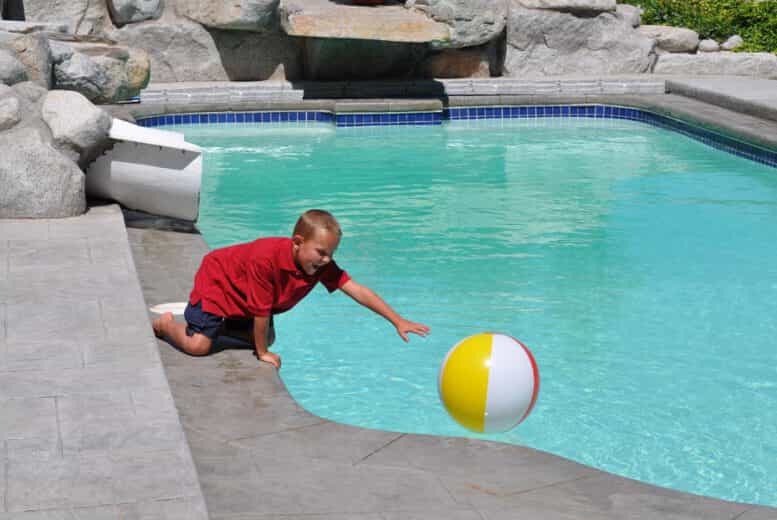
Invincible Kids Series, Part 1
Pool parties are a way of life in Dallas, TX. Many of us have happy memories of the hours spent playing in pools as children and it is satisfying to see our own kids enjoying the same fun.
Unfortunately, drownings are the leading cause of unintentional death for tots ages 1-4. According to the Red Cross, over 200 children drown in backyard pools each year. It can happen in seconds and can often be a silent event with a child just slipping below the surface while everyone else is busy playing.
“It’s every parent’s nightmare,” said Advance ER physician Dr. Ronnie Shalev. “We at Advance ER want to promote pool safety this 4th of July so that everyone can enjoy the holiday, and our children can be safe.”
While safety steps may seem intuitive, before your holiday pool party this year, it’s worthwhile to consider these 5 critical tips for improved safety for your poolside kids.
5. Buddy System
It’s not just for camps. Have a designated adult assigned to supervise the kids in the pool. Be physically close to the kids – within easy reach – and don’t get distracted by playing, eating or drinking. To keep the person on duty alert, rotate shifts. Make sure the kids understand that an adult has to be with them before they go swimming.
4. Flotation Device
If a child is a weak swimmer, consider having him or her wear a life jacket. Make sure you have a reaching tool and a floatation ring close by to reach or throw to a child in trouble.
3. Set Rules
No one wants to be a party pooper, but in the case of pool safety, an ounce of prevention is definitely worth a pound of cure. Gather the kids at the beginning of the party and explain the rules such as only walking around the wet concrete, no pushing someone into the pool, no dunking, stay in the shallow end if you haven’t had lessons, no swimming alone, no diving, stay away from the filters, etc. Enforce the rules throughout the day. A 30-second “cool down” time out of the pool will drive the lesson home for repeat offenders.
“One of the easiest ways for kids to get hurt at the pool is by running and slipping on the wet pavement,” said Dr. Shalev. “I’ve put stitches into deep chin cuts from that accident. That puts an end to pool fun, right there.”
2. Get Training
As a pool owner, it is advisable to be trained by the Red Cross or another agency to respond properly to pool emergencies. Learn what to do in the case of a child who is not breathing and has no pulse. Also, make sure your children have taken swimming lessons and are comfortable obeying your pool rules.
1. Neighborhood Emergency Room
Finally, your emergency preparedness for pool injuries or trauma should include knowing where your closest Advance ER is located.
“Even if you are not sure if a poolside injury or trauma is that serious, it is always a good idea to bring your child for us to evaluate him or her,” said Dr. Shalev. “We’re here 24/7—even on the holiday—to make sure your kids have access to the right care at the right time. Have a safe and fun holiday weekend.”
Meet Dr. Shalev:
Dr. Ronnie P. Shalev is board-certified in emergency medicine and sees patients of all ages. Dr. Shalev received her medical degree from Texas Tech University Health Sciences Center School of Medicine in Lubbock, TX.
Dr. Shalev completed her emergency medicine residency at Drexel University College of Medicine in Philadelphia, PA. After that, she returned to Texas to serve in emergency medicine as an attending physician.





